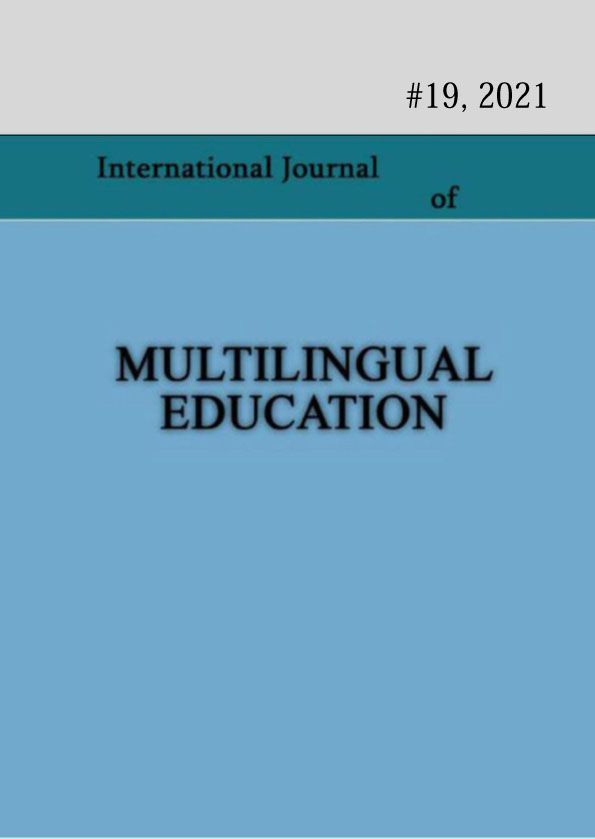The Subordinate Clause with Simple Object Hypotaxic Constructions in Svan
Keywords:
Svan language, Syntax, Sentence, ConstructionAbstract
The paper presents such hypotactic constructions in Svan, where the subordinate clause is a simple object and plays the role of a simple object to any member of the principal clause, explains and clarifies the meaning of the simple object expressed by the pronoun. There is no comprehensive research on this issue in the scientific literature, where the data of all four dialects (Upper Bal, Lower Bal, Lentekhian, Lashkhian) would be considered. In our study, samples of Cholur speech are also presented, which provides a basis for making quite interesting conclusions. Research has shown that in Svan there is a lot of evidence of subordinate clause with simple object complex sentences and no significant difference between dialects is observed. The results of our research are also important in terms of teaching Svan.
References
Saghliani (2016). სვანური ენის სტრუქტურის საკითხები [On the Structure of the Svan Language]. Artanuji Publishing House. Tbilisi.
Shanidze, A., Kaldani, M. & Chumburidze, Z. (1978). სვანური ენის ქრესტომათია
[Svan language Chrestomathy]. Tbilisi. Tbilisi State University Publishing.
Shanidze, A. & Topuria, V. (1939). სვანური პროზაული ტექსტები, პირველი ტომი, ბალსზემოური კილო [Svan prose texts, I: Upper Bal dialect].Tbilisi. Publishing- House of the Georgian Academy of Sciences.
Topuria, V. (1957). სვანური პროზაული ტექსტები, მეორე ტომი, ბალქსქვემოური კილო [Svan prose texts, II: Lower Bal dialect]. Publishing-House of the Georgian Academy of Sciences.
Topuria, V. & Kaldani, M. (1967). სვანური პროზაული ტექსტები, მესამე ტომი, ლენტეხური კილო [Svan prose texts, III: Lentekh dialect]. Publishing-House of the Georgian Academy of Sciences.
Kaldani, M. & Oniani, A. (1979). სვანური პროზაული ტექსტები, მეოთხე ტომი, ლაშხური კილო [Svan prose texts, IV: Lashkh dialect]. Publishing-House of the Georgian Academy of Sciences.
Published
How to Cite
Issue
Section
License
Copyright (c) 2021 Nato Shavreshiani

This work is licensed under a Creative Commons Attribution-NonCommercial 4.0 International License.
Copyright (c) - Authors who publish with this journal agree to the following terms: Authors retain copyright and grant the journal the right of first publication with the work simultaneously licensed under a Creative Commons Attribution-Noncommercial 4.0 International License, which allows others to share the work with an acknowledgement of the work's authorship and initial publication in this journal. Authors are permitted and encouraged to post their work online (e.g., in institutional repositories or on their personal website) prior to and during the submission process, as it can lead to productive exchanges, as well as earlier and greater citation of published work (see The Effect of Open Access). Authors may enter into separate, additional contractual arrangements for the non-exclusive distribution of the journal's published version of the work (e.g., post it to a repository or publish it in a book), with an acknowledgement of its initial publication in this journal.

